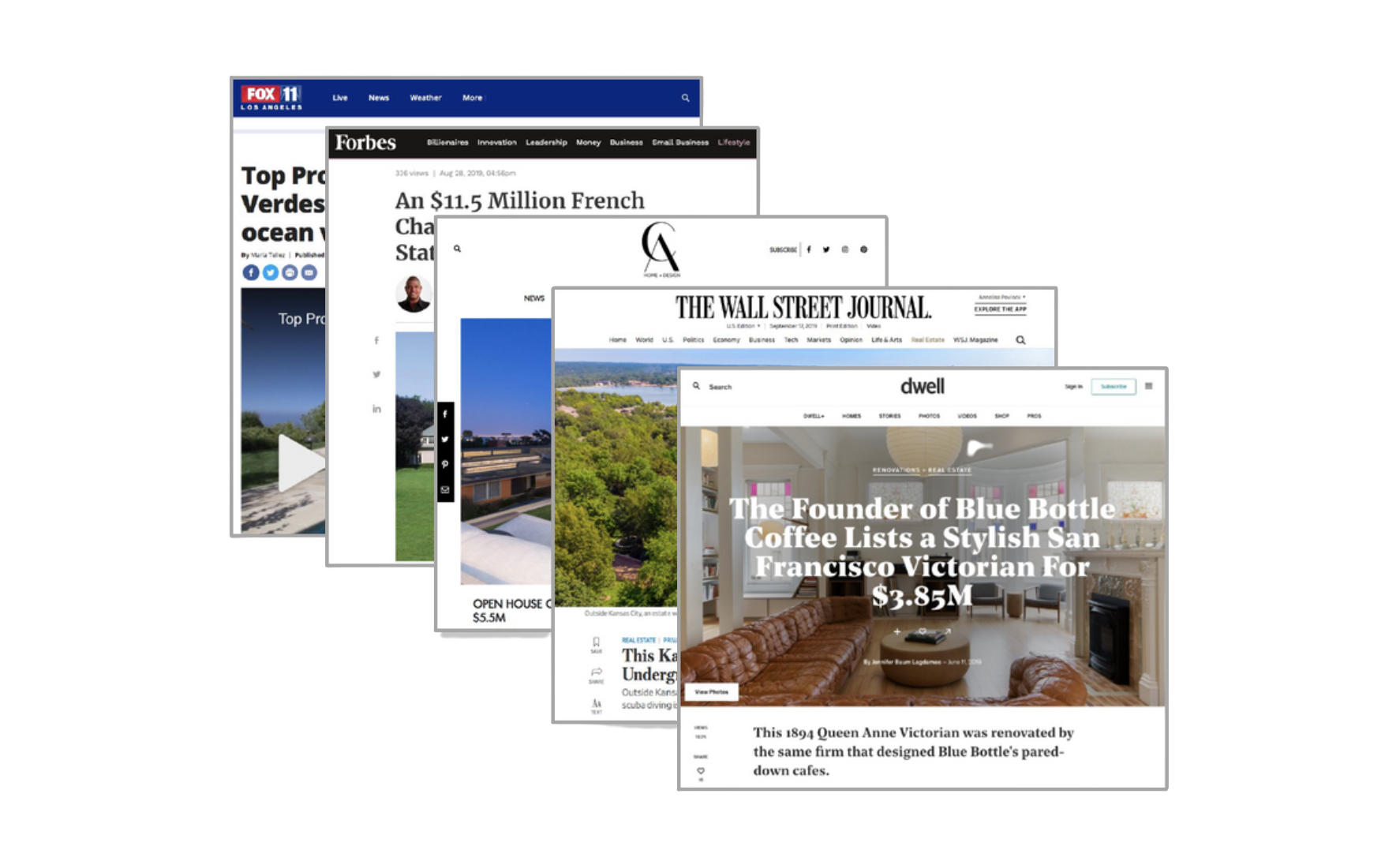WHEN YOU WANT THE WORLD.
The Leverage Advantage.
Johnston & Daniel Global delivers a powerful union of international listing distribution partners that provide unparalleled global reach for premium digital exposure of our listings. We connect our clients to the large and rapidly growing elite class of property consumers eager to experience global luxury lifestyle on a grand scale.
Johnston & Daniel's partnership with the Leverage Real Estate network allows luxury properties listed with J&D for over $1 million to be promoted through the most respected online media outlets worldwide, so that your property can be viewed and experienced by an international audience with buying power. With a modern digital platform and a dynamic social strategy, Leverage promotes properties on a global scale. From public relations, to digital and social media, to targeted advertising, Leverage strategically promotes listings to relevant international property consumers.
Clients of Johnston & Daniel will receive detailed custom reports for their property that outline relevant analytics featuring their property's performance across all Leverage partner digital advertising portals. Additionally, the Leverage PR team has relationships with media across the U.S. and internationally - from Curbed to the Wall Street Journal to Financial Times and beyond. This team sources editorial opportunities for Johnston & Daniel and works on our behalf to pitch news-worthy properties to the press.
The aggregate influence of Leverage Real Estate delivers exposure to 544.2 million combined monthly page views and 114.5 million global unique visits on a monthly basis, in addition to the 18,000+ agent-strong Royal LePage Realtor network, stretching coast-to-coast across Canada.
International reach.
Utterly simplified.
While the internet forever changed the nature of international real estate marketing, J&D Global has added volume, simplicity and ease to your property being found. Our strategy is to position your property worldwide and drive awareness through high-resolution, professional photography and digital storybooks that utilize a variety of media assets to attract online consumer engagement.
With over 36 million high-net worth people now spanning the globe, limitless opportunity awaits you.

Global reach.
Utterly simplified.
How global are we? J&D Global properties are advertised across 120+ tier-one media and luxury real estate platforms, appearing in over 60 countries with local currency conversion and machine translation into 16+ languages. This means exposure to 170+ million international unique visits per month, in addition to the 18,000 agent-strong Royal LePage Realtor network across Canada.


